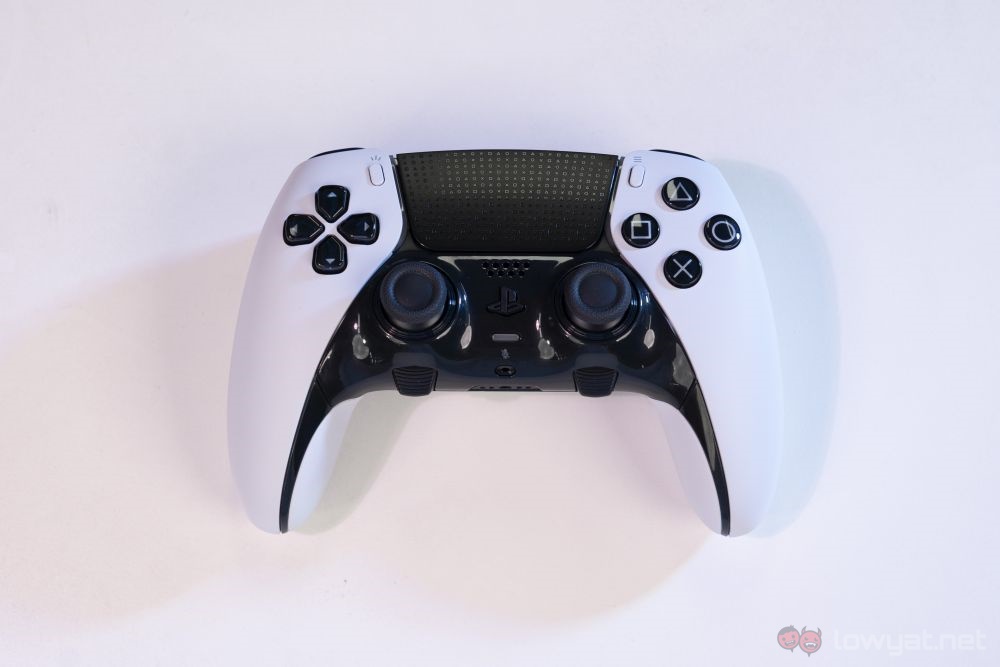Sony Interactive Entertainment announced the DualSense Edge, the PS5 equivalent to the Xbox Elite series of controllers, to some fanfare last year. Even at the time there were some perceived issues with it, chief of which being having fewer rear paddles compared to the competition. SIE has sent us a unit for this review, and for what it’s worth, my impressions of the controller after using it remain relatively consistent with when it was first announced.
To be fair, the DualSense Edge was already multiple steps behind before the race even started. The Xbox Elite controller has advanced into its second generation before the Edge even came about. And that’s before we even got to the paddle advantage. Its one major drawback was that its Dpad and left stick configurations were made for freaks of nature in mind. Were it not for that, the Xbox Elite would’ve scored a clean sweep.
What Is It?
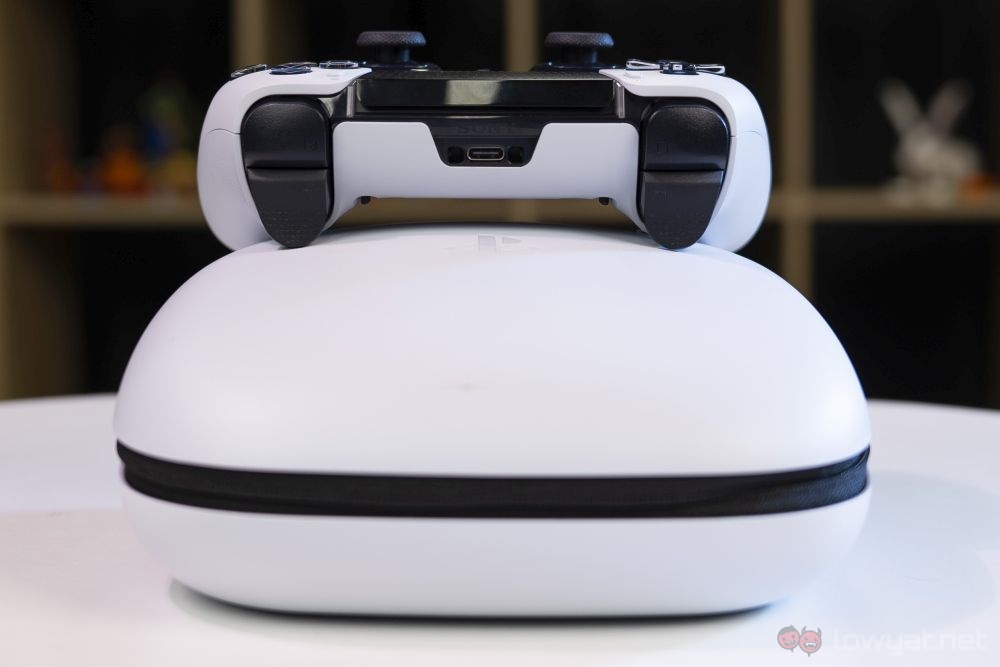
As mentioned above, the DualSense Edge is the PS5 equivalent to the Xbox Elite series of “Pro” controllers. This means having way more options and configurability compared to the standard controllers. For the DualSense Edge, we’re looking at all the basics – a pair of back paddles, trigger dead zones, swappable sticks. There’s no Dpad choice here though, in addition to the fact that yes, there’s only a pair of rear paddles.
On the flip side, the DualSense Edge does have a few elements that sets itself apart. And it’s really in the finer details that the average gamer may not necessarily appreciate. To start, if you don’t like the back paddles being in the usual lever-style paddles, then there’s the option to use semicircle paddles as well. If your analogue sticks start drifting, they are easily removable and replaceable if you’ve bought extras beforehand.
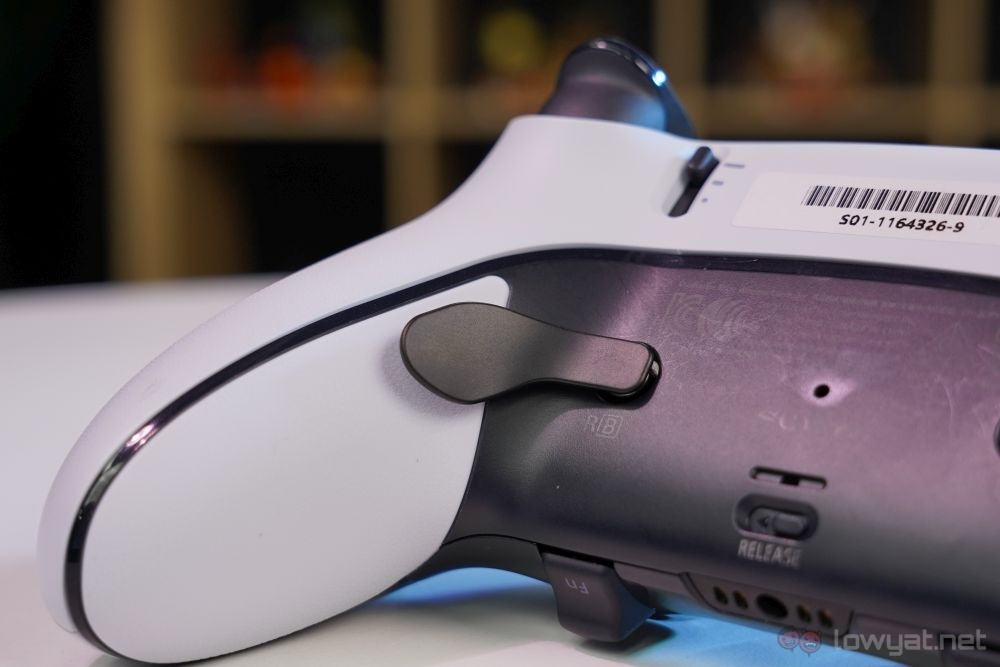
And finally, coming with the DualSense Edge is an adapter that allows you to lock a connected USB-C cable to it. This prevents disconnects which, in certain circles of the esports scene, wireless connections are not allowed and a disconnected controller can result in disqualification.
Is It Any Good?
The short answer is yes, but the long answer, depending on your perspective, is “not as good as it could have been”. We’ll talk about these perceived shortcomings in the next section, so for now we’ll focus on what the DualSense Edge does right. And the simplest way to describe this is that it does almost everything that you’d expect from a Pro controller for the PS5.
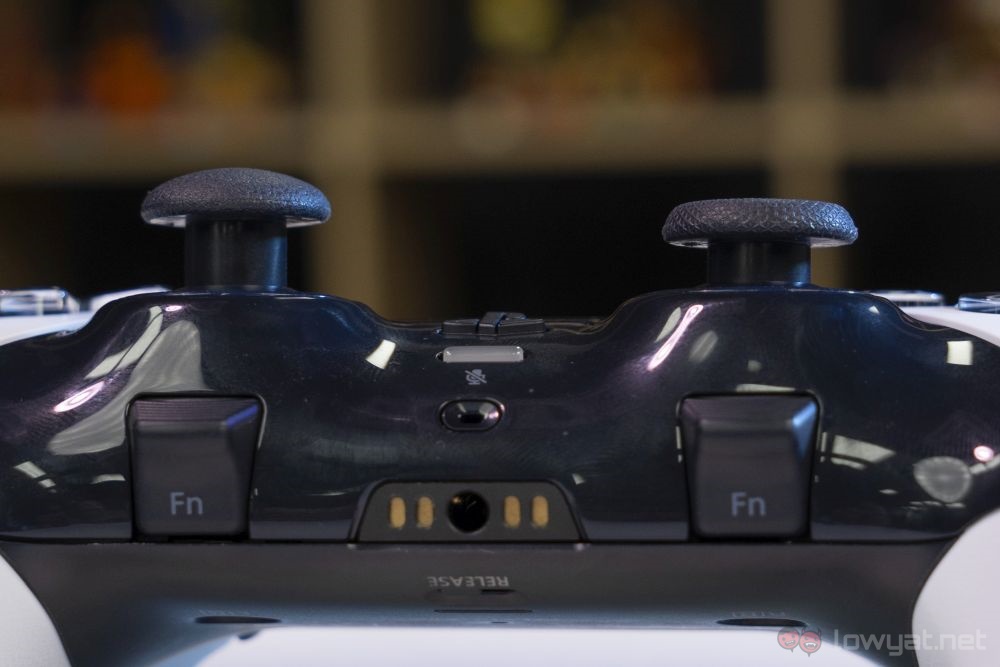
In the same way gaming peripherals can set up and store profiles natively, the DualSense Edge can store up to four profiles. You can also switch to each of them by holding either Fn buttons and the corresponding face buttons. The PS5 itself can store more, but you can only have four at a time on the controller itself.
The choice of having lever or half moon paddles are also a major plus. For players of diverse games, you’ll use the former for when you need fast access to the macros, and the latter for games where mispressed buttons are extra detrimental.
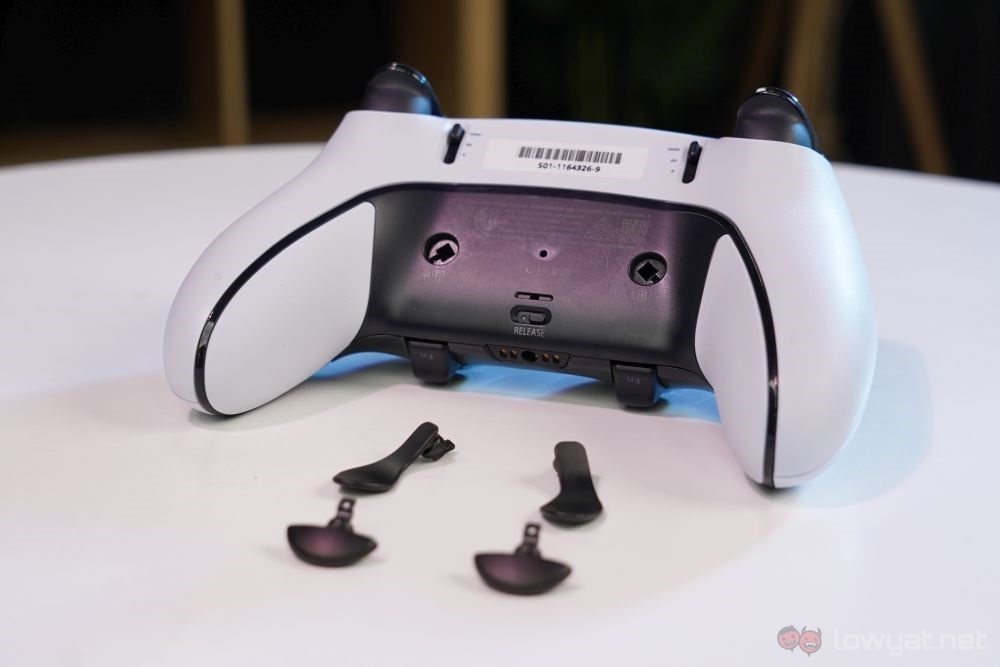
Finally, there’s the fact that the analogue sticks are swappable. In a world of stick drifts, this is definitely something you want to have on a controller that costs almost half of the console it’s used with.
The Bad Stuff. Tell Me.
To be fair to the DualSense Edge, there are only two things that one can fairly dock as being a minus. The first is the fact that there is only one pair of rear paddles rather than the usual two. It’s a significant enough loss that the swappable paddle types doesn’t quite make up for it.
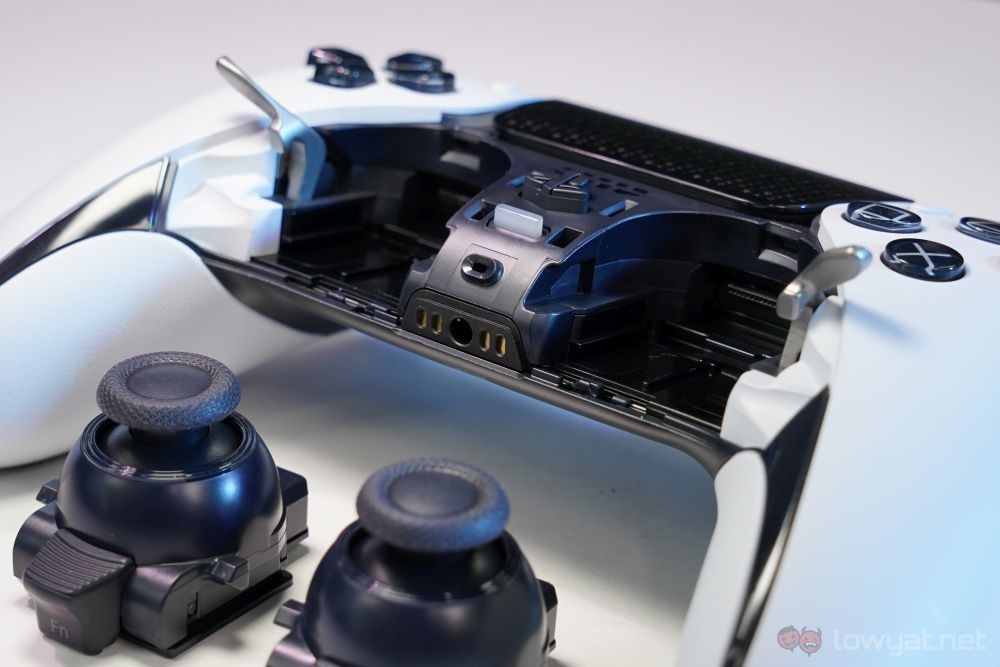
Then there’s the notably smaller battery compared to the standard DualSense. In terms of sheer capacity, it’s slightly over 30% smaller, and it does translate to just about the same in terms of use time. It is something that the extra long USB-C cable that comes with the package alleviates, and the weight of the DualSense Edge makes it so that you won’t really feel the difference.
With those out of the way, we now come to the missed opportunities. First is the fact that the extra buttons can only be configured using a PS5. So if you didn’t own one and were thinking of getting a DualSense Edge to use with your PC, you’ll be basically left with a pair of dead paddles. That is, until Steam decides to support them.
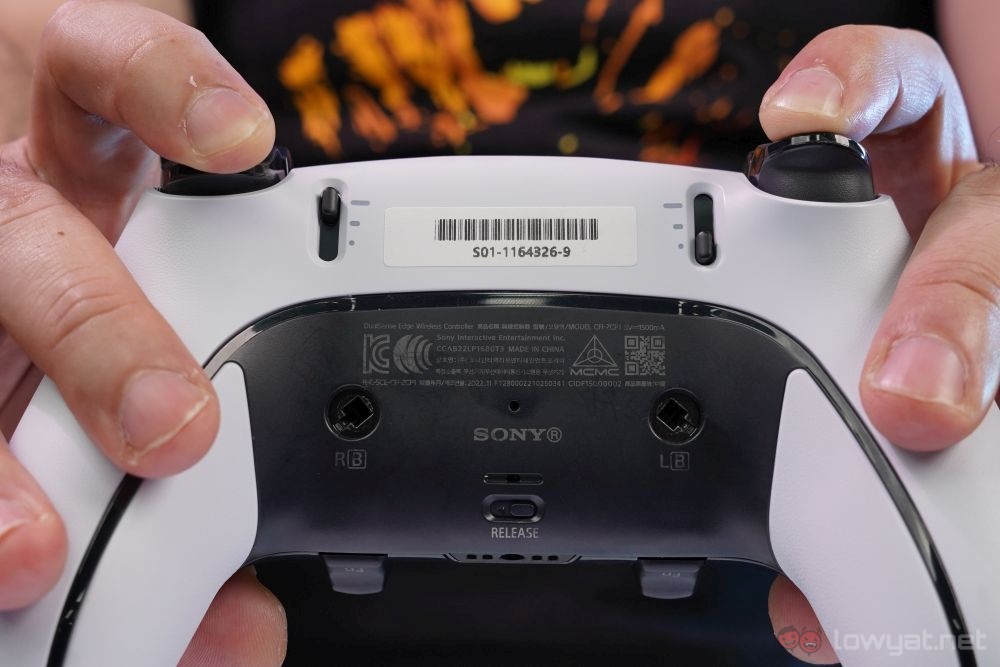
Even on the PS5, the rear paddles can only be programmed to mimic an existing button on the DualSense Edge. And since these can only be programmed by the PS5, and not individual games, you can’t have them serve as macros in a fighting game for instance, where having one button to serve as multiple face button inputs can be beneficial. Games like Tekken 7 come to mind, with the game itself allowing the shoulder buttons and triggers to be macros on a limited scale. This is a common issue across most other Pro controllers, hence my classifying this as a missed opportunity rather than a flaw.
Should I Buy It?
For now, the answer is a faint yes, but only if you own a PS5. After all, only the console itself can record button inputs for the rear paddles of the DualSense Edge. And even then, many games don’t really need the convenience of a single face button or two being remapped to the back.
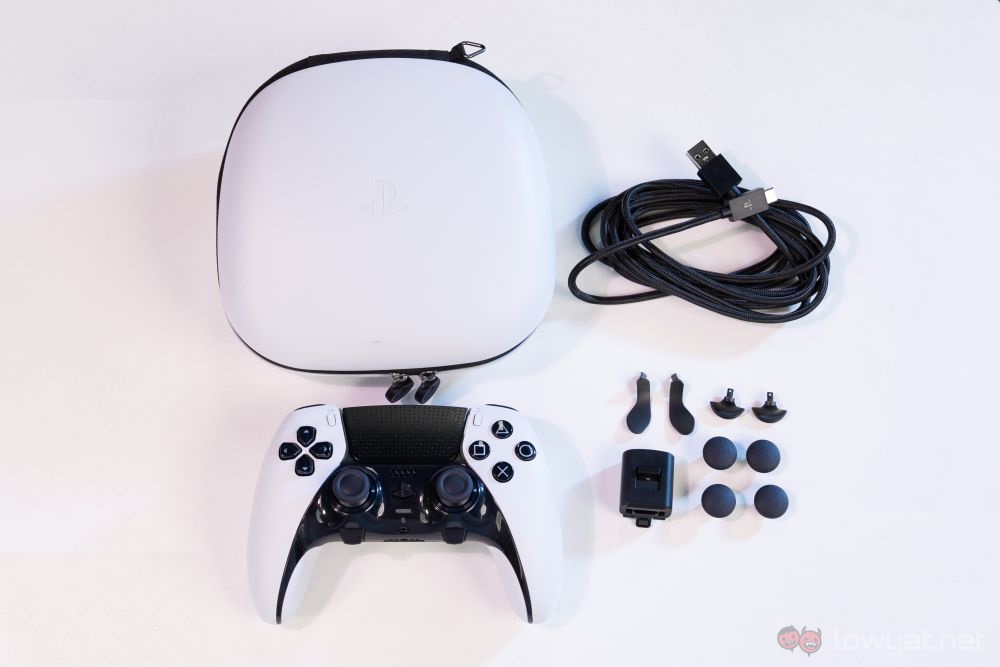
It will probably be a while before PC launchers like Steam, Epic Games Store, Ubisoft Connect and the rest add support for the two extra paddles at the back of the DualSense Edge. When that happens, this controller would be a much easier recommendation. But until then, this is strictly for PS5 owners, and far from a must-have at that.
Photography by Fannie Low
Follow us on Instagram, Facebook, Twitter or Telegram for more updates and breaking news.


